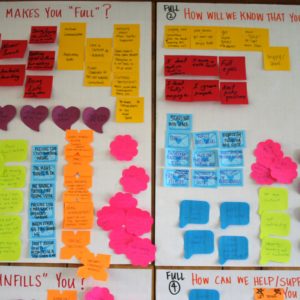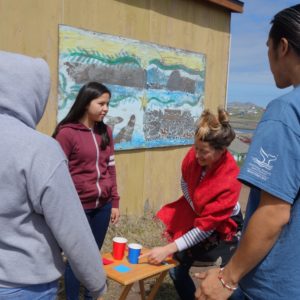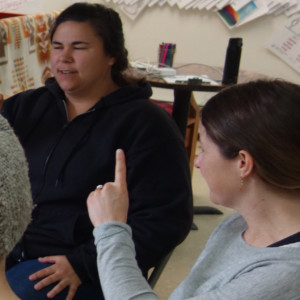We learn more, more quickly, and more deeply, once we redefine true learning as fluency, and play our way to getting there.
Evan Gardner, a learning technology innovator, developed the language fluency game “Where Are Your Keys?” after observing for several years the teaching techniques that seemed to work most effectively for the greatest amount of students.
This game creates fluent speakers in a language more quickly than any other method out there, without resorting to conventional homework or textbooks. You can play the game anywhere, anytime, with anyone, as long as you have a single fluent speaker of the target language, preferably with no conventional teaching experience.
Educators have employed many of the game’s techniques in classrooms for many years, but no one has used them all at once, in one place, consistently. Nor has anyone ever created a seamless whole in which these techniques operate, subject to constant refinement and development, in partnership with the students, continuously increasing the effectiveness of the game. As students and teachers discover new teaching and learning accelerators, they can and do add them to the game, in a modular fashion. They game accomodates ongoing innovation pioneered by new students and teachers; in fact, it relies on and drives this kind of initiative.
This collaboration between teacher and student makes every student a trained teacher, once they gain fluency. The game thus spreads virally, changing the way we teach and become fluent in languages.
“Where are Your Keys?” represents one application of a larger set of principles, the “Learning How to Learn” game, applicable to any targeted skill, whether mechanical, scientific, linguistic, or artistic. The “Learning How to Learn” game essentially creates a language of learning, accelerating and expanding our learning capacity.
Evan describes one inevitable result of this transformed learning/teaching paradigm as the “twenty language child”, a child of parents so steeped in the culture of the learning game that they transmit their language skills effortlessly and easily to a child who sees all this high-performing education as a normal way of life.
We see another important byproduct of this learning revolution in the creation of grassroots language activists; by teaching this game to the youth of Native American and other indigenous cultures with endangered languages, they then can go back to their hometowns and play this game with the few remaining speakers of their heritage language, learning and resuscitating traditions that otherwise they may have lost forever.





it is obviously very important to have a strong bond between the teacher and the student irrespective of the medium thorough which the lessons are carried out